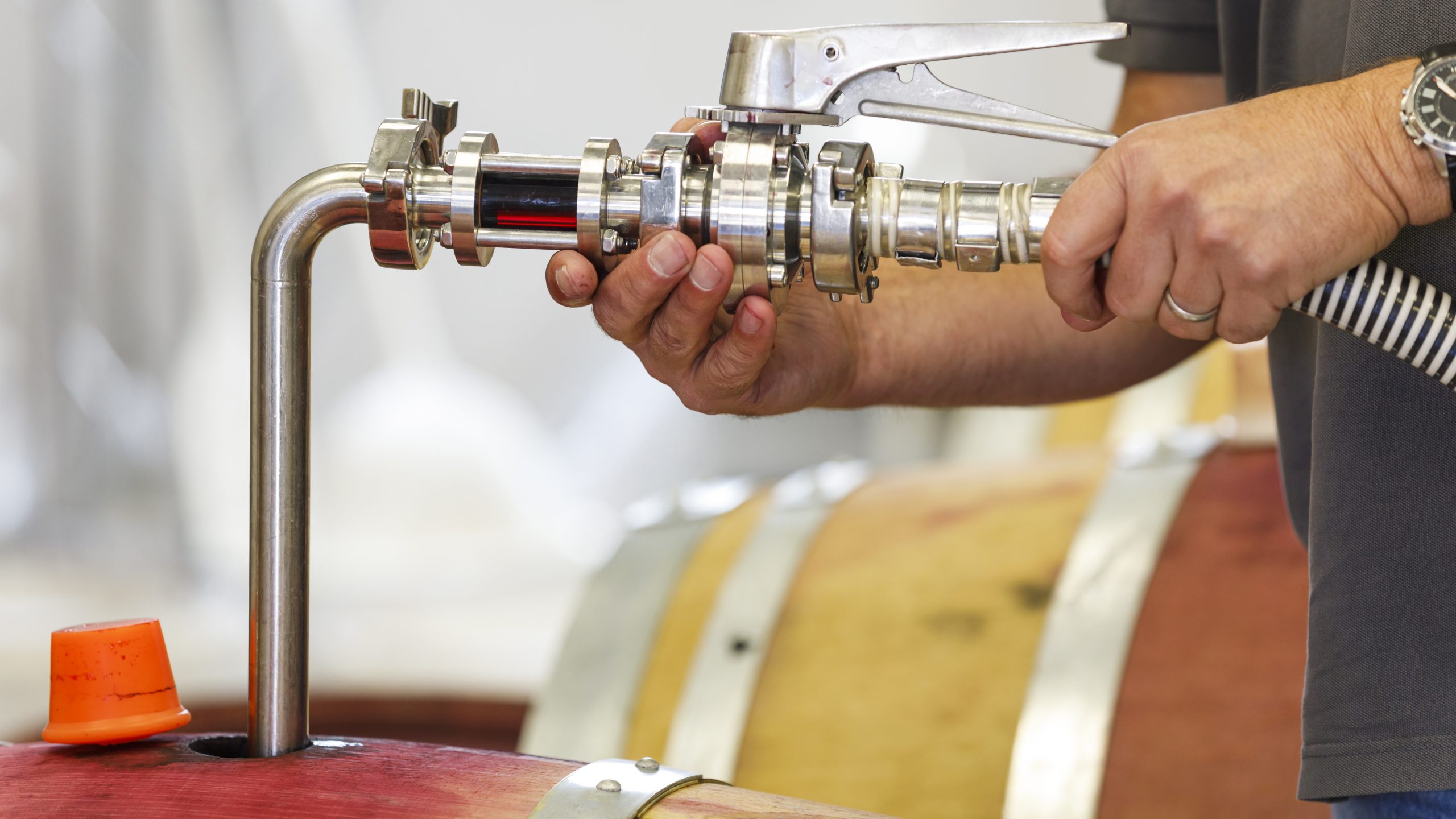The Perfect Blend
Faculty in the wine and viticulture blending lab go above and beyond to ensure students have the full winemaking experience.

When the coronavirus pandemic forced courses to go virtual last spring, wine and viticulture lecturer Jim Shumate refused to deny his students a critical hands-on experience at the culmination of the yearlong winemaking process. He spent a week assembling 400 tiny bottles of the 16 student-made wines, mailing the sampling kits to the 25 students so that they could determine their own blends — then blended about 400 cases by hand in the Center for Wine and Viticulture’s lab according to the students’ specifications.
The result was a final selection of four wines — two reds and two whites — that each student could take home and claim as their own.

“These students made all the decisions about the wines to this point, using everything they had learned over the previous three years to make those decisions. I wanted to try and keep them involved as much as possible,” said Jim Shumate. Photo by Joe Johnston.

“My group and I would meet in three to-four-hour chunks through Zoom, tasting through each individual sample and then later through the blends we were crafting for our class. In total, we probably created 20 different blends for each of our white and red wines,” said Marcel Velasco, a wine and viticulture senior in the class. Photo courtesy of Velasco.

“We knew how wine chemistry worked and all the microbial populations in wine and what theoretically not to do, but until you’re physically making the wine and making mistakes that teach you what the book won’t, you would go into the industry with nothing but being book smart,” said Allie Donegan, a wine and viticulture senior.
Read the full story in the latest issue of Cultivate, the magazine from the College of Agriculture, Food and Environmental Sciences.


